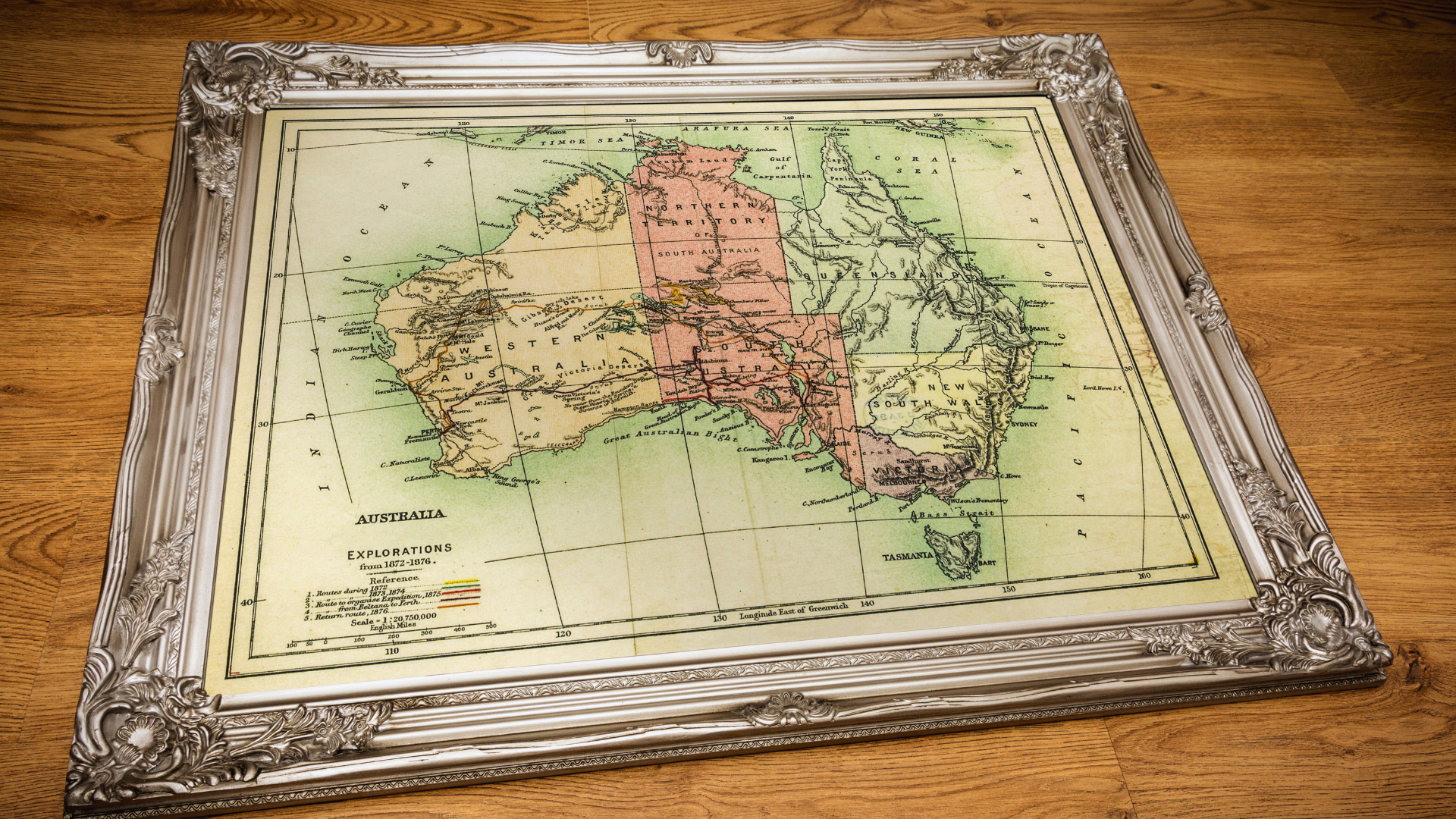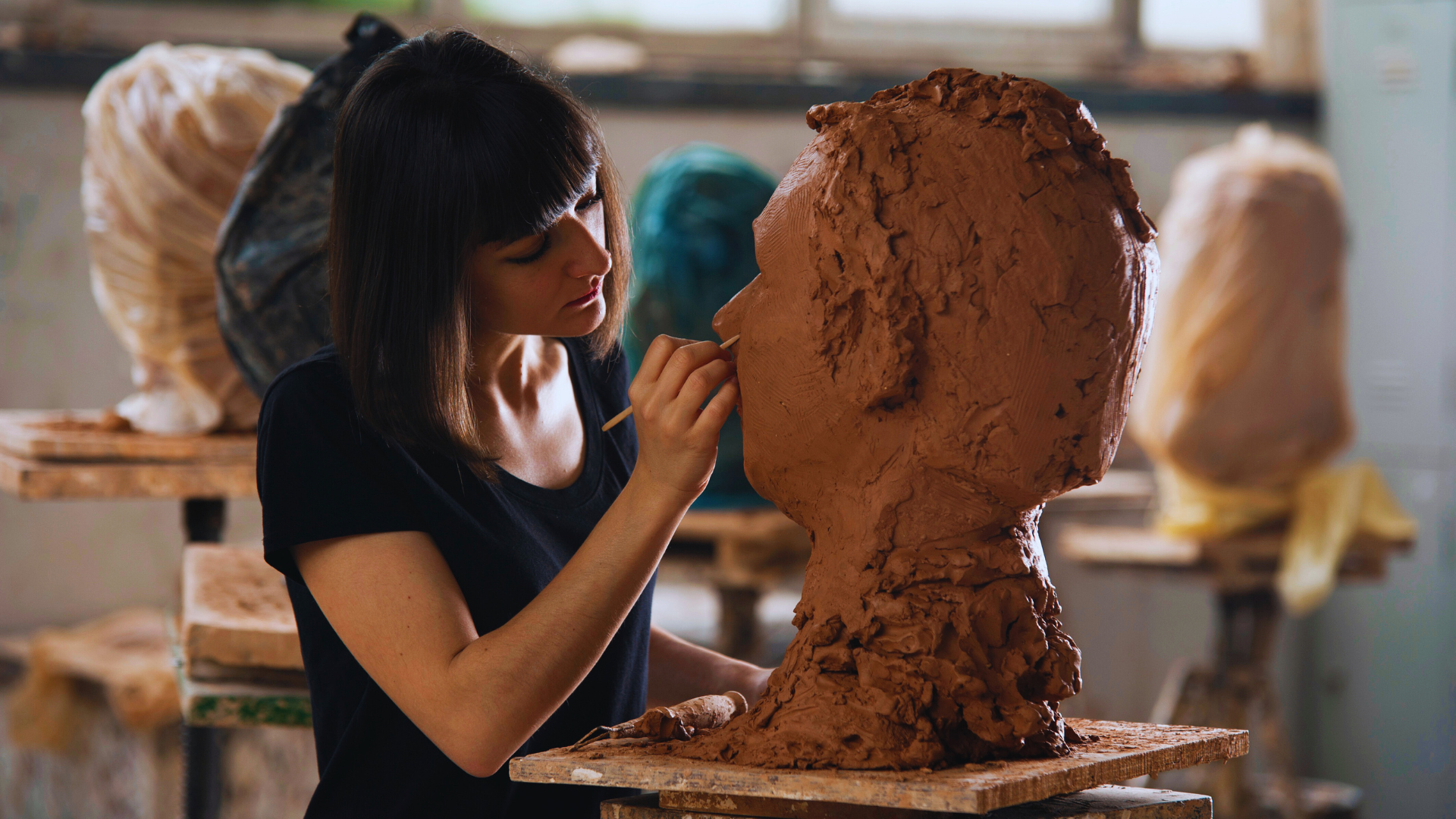Displaying historical souvenirs can transform a home into a personal museum, showcasing stories from the past. Creative arrangements and innovative uses of space can highlight these treasures while adding unique character to any room. By integrating these pieces into daily life, they become conversation starters that engage guests and foster appreciation for history.
Using shadow boxes, glass cloches, or curated shelves allows for diverse presentation methods. Each choice can reflect the owner’s personality and the significance of the items. From family heirlooms to travel keepsakes, the right display can elevate the aesthetic of a space while sparking memories and discussions.
Incorporating elements like themed displays or seasonal rotations can keep the presentation fresh and exciting. This not only honors the objects but also invites others to share in the narratives they represent. Creative displays breathe new life into treasured items, enriching both the home and the experiences of those who inhabit it.
Fundamental Principles for Showcasing Historical Souvenirs
Displaying historical souvenirs effectively enhances their significance and preserves memories from travels. Thoughtful presentation can integrate them into home decor while highlighting their uniqueness. The following principles provide guidance on how to showcase these items meaningfully.
Understanding the Value of Souvenirs
Souvenirs are more than simple trinkets; they represent personal histories and cultural significance. Each item carries a story, connecting the owner to specific moments or places. Recognizing this value helps in selecting pieces that resonate emotionally.
Creating a narrative around each souvenir can deepen appreciation. For example, artifacts from trips can be categorized by destination or theme. Labels or small tags with details about their origin or the experiences associated with them can enhance the storytelling aspect.
Incorporating these narratives into displays transforms ordinary home decor into a gallery of memories. This consideration elevates the role of the souvenir from mere decoration to a focal point in the home.
Blending Souvenirs Into Home Decor
Integrating souvenirs into home decor requires sensitivity to aesthetics and context. Items should complement the existing style of the space. Therefore, choosing pieces that align with the color palette and design theme is crucial.
Souvenirs can be displayed in various ways, such as shadow boxes, open shelves, or framed collages. Grouping smaller items together offers a cohesive look. Contrast in sizes and shapes can create visual interest, drawing attention without overwhelming the space.
Using display cases or glass domes protects delicate items while maintaining visibility. Adding lighting can highlight these features effectively. Combining souvenirs with plants or artwork can create an inviting atmosphere, making them a conversation starter.
Selecting the Right Location for Displays
Location is critical for showcasing souvenirs effectively. High-traffic areas, such as living rooms or hallways, are ideal for displays that should capture attention. Conversely, more private areas like bedrooms may better suit personal items.
Vertical space can be utilized by installing floating shelves. This approach not only saves room but also allows for creative arrangement. Consideration of light exposure is important; items should be placed where they won’t be damaged by direct sunlight or temperature fluctuations.
Regularly rotating displayed items keeps the decor fresh and maintains interest. Strategic placement can create a narrative around the journey, showcasing different phases of travel or significant experiences.
Creative Wall Display Techniques
Creative wall display techniques allow individuals to showcase their cherished historical souvenirs in engaging and aesthetically pleasing ways. These techniques transform walls into visual narratives that celebrate travel experiences and meaningful artifacts.
Designing a Travel Gallery Wall
Creating a travel gallery wall involves curating a collection of travel photos, postcards, and other memorabilia. Each piece should resonate with personal stories or memorable trips.
One effective approach is to use a variety of frame styles and sizes. This adds depth and character to the display. Arranging the frames in a grid pattern or an organic layout helps create a cohesive look.
To enhance visual appeal, consider the color palette of the wall and the items. Incorporating bold colors or textures can make the display stand out. Regularly rotating items keeps the gallery fresh and encourages reflection on past adventures.
Using Shadow Boxes for Dimensional Displays
Shadow boxes are an innovative way to display three-dimensional souvenirs. They can hold items such as travel tokens, ticket stubs, and small artifacts.
By layering these items within the box, it creates an eye-catching depth. Backgrounds can be customized with maps or fabric to enhance the theme of the showcased items.
Using varying box sizes can create an engaging visual flow on the wall. Securing the shadow boxes with proper mounting ensures they remain a safe and attractive part of the decor.
Incorporating Vintage World Maps and Framed Maps
Vintage world maps serve as striking backdrops for displaying souvenirs. Framed maps can be visually arresting, highlighting the locations of past travels.
In addition to the map itself, attaching small flags or markers on the areas visited provides an interactive element. This invites viewers to engage with the display and encourages storytelling.
Using both large and smaller framed maps can create a layered effect on the wall. Combining these maps with related memorabilia displays adds context and enhances the overall design.
Enhancing Visuals With Retro Travel Posters
Retro travel posters are visually appealing and evoke nostalgia. They can be featured prominently in a travel-themed display, complementing other souvenirs.
Positioning these posters alongside photographs or framed maps creates a dynamic visual narrative. Mixing different printing styles helps sustain interest across the display.
Using high-quality reproductions or originals increases their impact while maintaining authenticity. This strategy allows individuals to celebrate their journeys while contributing to their home’s character.
Shelf and Tabletop Arrangements for Mementos
Effective shelf and tabletop arrangements can beautifully showcase historical souvenirs while keeping the space organized. Incorporating creative display techniques enhances the aesthetic and personal narrative of the items.
Arranging Souvenir Shelf Displays
When creating a souvenir shelf display, consider grouping items by theme or color. This approach creates visual coherence and draws attention to specific mementos.
Layering is essential; place taller items at the back and shorter ones in front to maintain depth. Vintage treasures can be highlighted using stands or risers to add height variation.
Utilize a mix of textures and materials. For example, pairing ceramic pieces with wooden elements creates contrast that catches the eye. This method allows each memento to shine while collectively telling a story about travels and experiences.
Showcasing Collections With Floating Shelves
Floating shelves provide a minimalist solution for displaying souvenirs. They eliminate the bulkiness of traditional furniture while offering versatile arrangement options.
Install shelves at varying heights to create dynamic visual interest. This setup allows for larger items to occupy lower spaces while smaller souvenirs can hang above.
Grouping by size and color enhances the display’s appeal. For instance, a set of travel souvenirs from different countries can be curated alongside similar-colored decorative accents, creating a cohesive narrative across the shelves.
Styling With Decorative Accents and Natural Elements
Incorporating decorative accents can elevate a shelf or tabletop display. Consider adding items like candles, small sculptures, or books to fill empty spaces creatively.
Natural elements, such as plants or stones, offer a refreshing contrast to souvenir displays. A small potted plant can soften sharp lines and add vibrancy to memorabilia.
Balance is key; ensure that decorative pieces do not overshadow the souvenirs. She can arrange the souvenirs at the forefront and use accents to frame them without detracting from their significance. This harmonious interplay between souvenirs and accents makes the display inviting and engaging.
Personalized and Thematic Display Ideas
Creating a unique and engaging display for historical souvenirs can add character to a home. Several creative options exist for showcasing items like travel mementos, each offering a personalized touch that reflects an individual’s journey.
Creating a Souvenir Wall for Storytelling
A souvenir wall acts as a visual narrative of travel experiences. This wall can include various travel mementos such as framed passport stamps, flag patches, and fridge magnets from different locations.
Arranging these items in a grid or collage style allows for flexibility and creativity. The choice of a background color can enhance the visibility of the souvenirs. Consider using a color palette that matches the room’s décor.
Visitors can easily engage with these displays, prompting stories and memories associated with each item. A well-curated souvenir wall makes an impactful statement and can inspire personal growth through reflection on past experiences.
Interactive Displays: Push Pins, City Maps, and Pins
Interactive displays invite participation and curiosity. Using push pins and city maps, one can create an engaging way to show where travels have taken place. Travelers can place pins in various locations on a map, marking each stop along their journey.
This method allows for a dynamic display that can evolve over time. People often enjoy revisiting and updating their map with each new adventure. Souvenirs can be pinned nearby, creating a cohesive story for each location.
Incorporating elements such as sewing pins or decorative pins adds a personal touch to the display, enhancing its visual appeal. This interaction fosters conversations and shared experiences, deepening connections among guests.
Crafting Memory Jars and Framed Keepsakes
Memory jars serve as a tactile reminder of travels. They can be filled with small items like ticket stubs, seashells, or even local currency. This method provides an opportunity to capture the essence of a journey in one container.
Each memory jar can be labeled with a location or date, enhancing the sense of nostalgia. Framed keepsakes, such as dried flowers or artwork collected during travels, can complement the jars and contribute to a gallery-style display.
These items become functional décor while preserving memories. Combining visual aspects with elements of texture creates an engaging experience, inviting viewers to explore the stories contained within the jars.
Selecting Lighting and Color Palette to Highlight Displays
Lighting plays a crucial role in how souvenirs are perceived in a display. Soft LED lights or spotlights can draw attention to specific items, creating focal points that enhance their significance.
Choosing the right color palette is equally important. A cohesive scheme can tie together various pieces, making the display feel harmonious. Neutral backgrounds often work best, allowing the vibrant colors of the souvenirs to stand out.
Utilizing metallic frames or warm-toned materials can also create a welcoming atmosphere. Thoughtful lighting and color choices enhance the overall presentation, transforming simple souvenirs into captivating visual displays that resonate with viewers.




